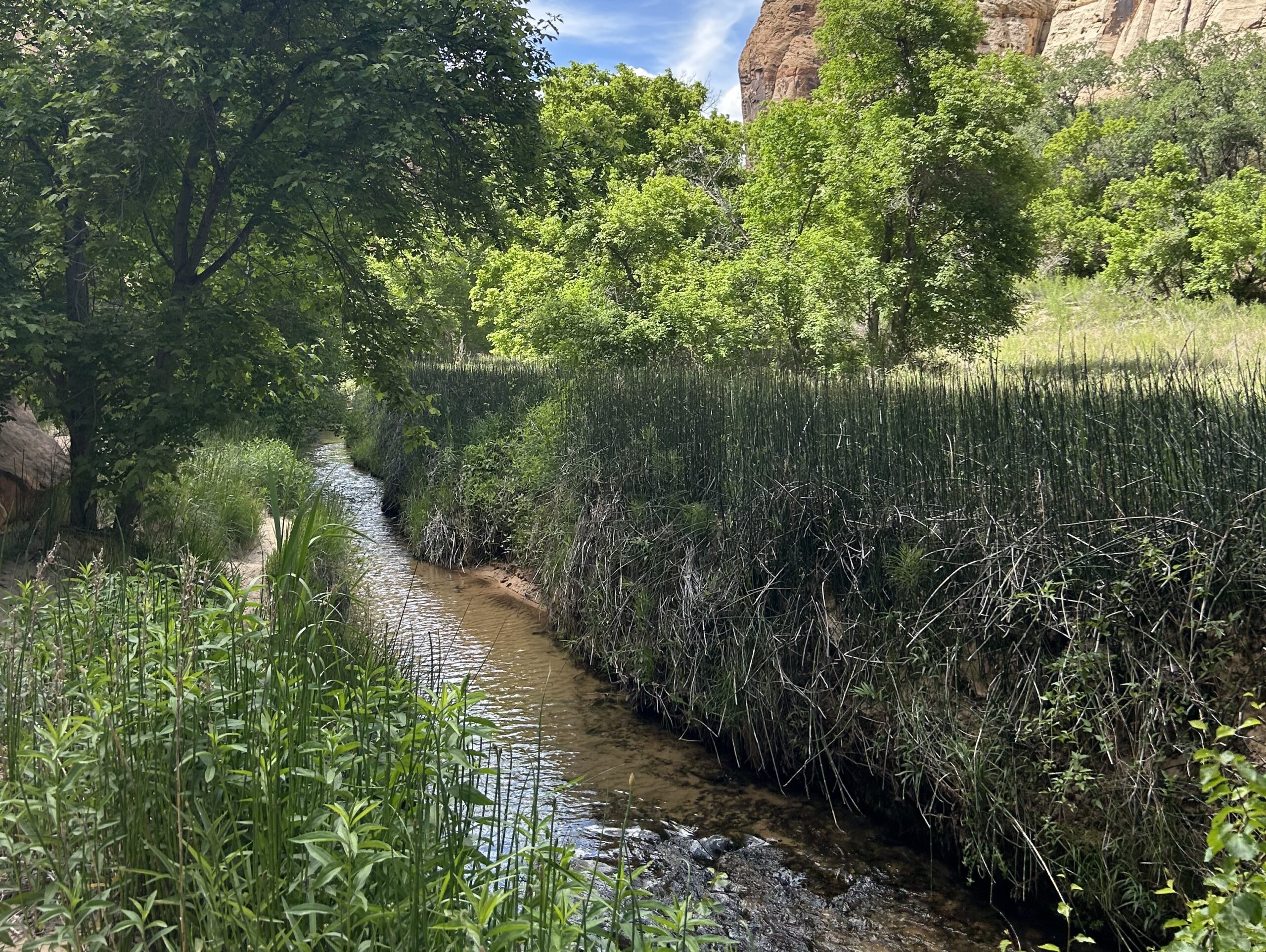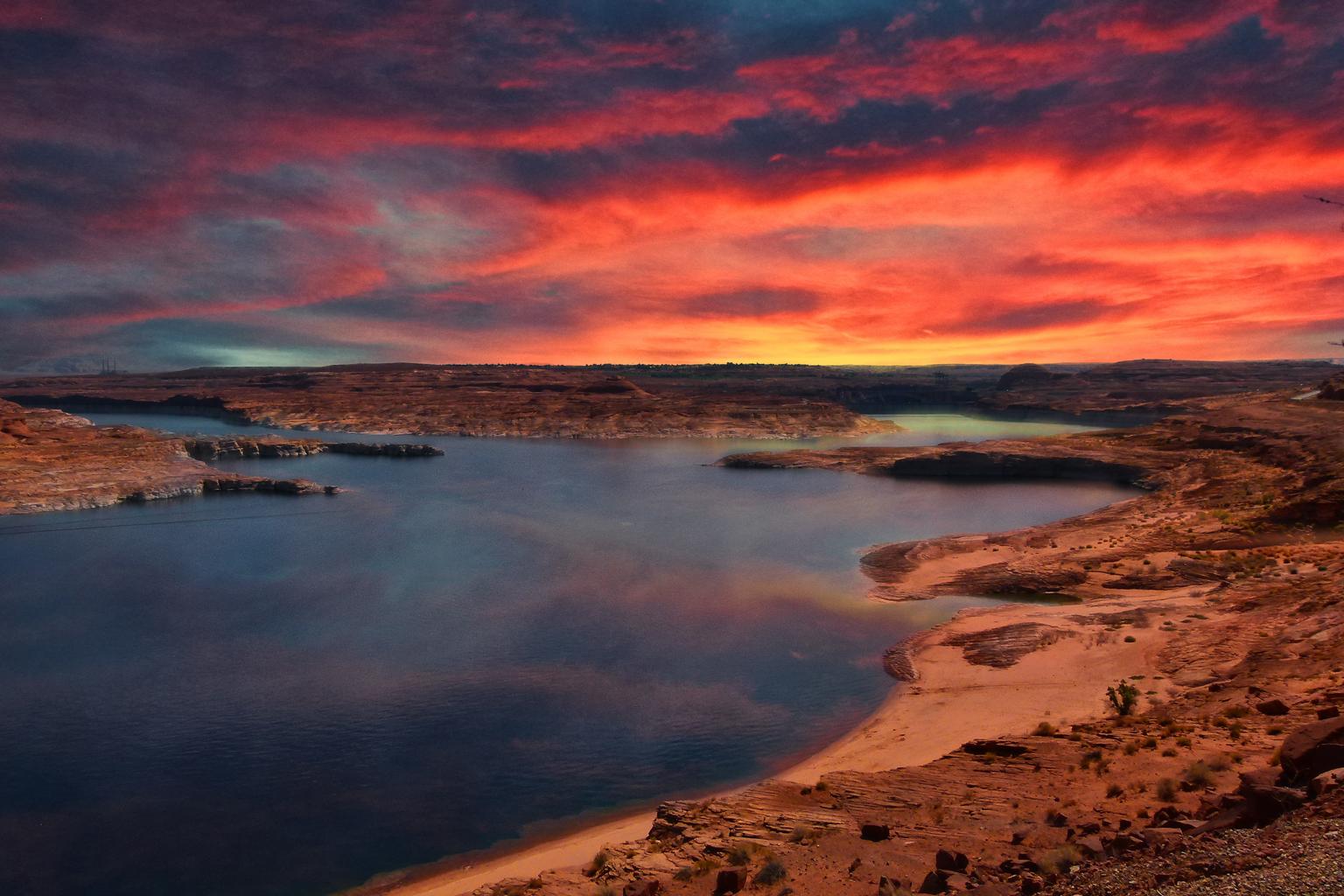Why the Colorado River Matters
Environmental
The Colorado River sustains 30 endemic fish species and critical river habitats for the millions of birds using the Pacific Flyway. There are four endangered and threatened fish species on the Colorado River: the Humpback chub, Bonytail, Colorado pikeminnow and Razorback sucker. Utah participates in several key programs created to protect these species and their critical habitat while allowing for continued development of Utah's Colorado River allocation.
Tribal
There are 30 federally recognized Tribes in the Colorado River Basin, and 7 of these have lands within the state of Utah. By some estimates, the 22 Tribes with recognized water rights are entitled to use approximately 1/4 of the Basin's average annual water supply. Tribal use in Utah accounts for approximately 15% of the state's available annual supply.
Agricultural
Agricultural uses account for approximately 80% of the Colorado River's water. In Utah, about 62% of Colorado River water use is for agriculture.
Industrial
23% of Utah's Colorado River water use is for municipal and industrial purposes. The Colorado River is a key source of municipal water for the Wasatch Front and the rapidly-growing Southwestern region of the state.
Hydropower
Hydropower dams along the Colorado River, including Glen Canyon Dam at Lake Powell in southern Utah and Northern Arizona, are a significant source of electricity in the southwestern U.S. and Mexico, producing enough energy to power over 780,000 households per year.
Recreational
Recreation accounts for over $750 million in economic activity for Utah.
"The Colorado River Authority elevates Utah to a position of strength and next-generation thinking."
Brad Wilson
Former Speaker of the House
of Representatives
Our Vision
Leverage science, engineering, and measurement and monitoring of diversions and streams to facilitate improved management of Utah’s water usage. Enhance and develop tools to assist long-term understanding of what water is available to develop. Provide leadership and recommendations on how to use Utah’s share more efficiently. Develop management best practices based on data and supply variability. Strengthen relationships among the Upper Basin states to find united technical and legal strategies and negotiate productively for the future. Enter all negotiations of the seven Colorado River Basin states from a best-for-everyone approach while maintaining a strong needs-based voice for Utah’s future.
View Full Map



